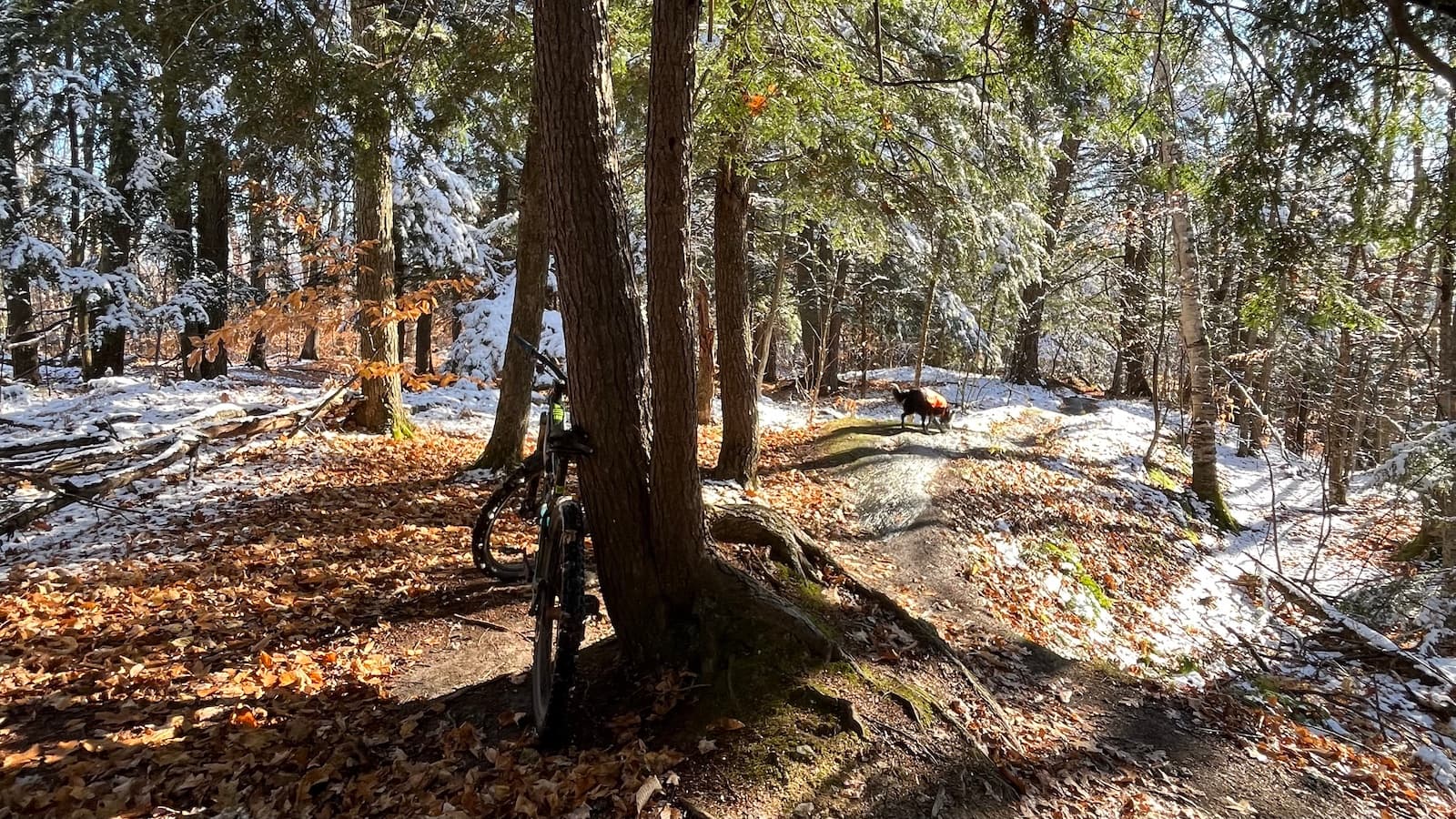News
Stop Reading the Map. Start the Ride.
You don’t need the whole map—just a good line and the courage to start.

Date
2 Jun 2025
Author

Nicki Jobst Shannon
Stop Scoping, Start Riding: Escaping the Product Planning Loop
Let’s be honest — sometimes product management feels like standing at the top of a trailhead with your bike… and you just keep reading the map.
You know the team needs to build something. Everyone agrees the current workflow is clunky, or that customers are asking for something better. But instead of making progress, the conversation circles: What should we include? What could go wrong? What if we waited until we had a perfect plan?
And just like that, we’re stuck at the trailhead.
The Trap of Over-Scoping
It’s a common trap — the belief that we can plan and define our way to clarity. But in product work, clarity often comes from movement, not before it. You don’t know where the bumps are until you hit them. You don’t know which problems matter most until you try to solve one.
Over-defining the “full picture” before tackling any part of it slows everything down — especially when you're not in the weeds of the technical implementation yourself. You end up in meetings where the scope just keeps growing, the risks feel more abstract, and no one is quite sure when (or how) to start.
Pick a Line and Go
This is where I think mountain biking offers a good mindset reset.
When you’re riding, you don’t stop and analyze every root, rock, and gradient change. You scan a few feet ahead, pick a line, and commit. Once you're moving, you can adjust your body position, brake, or shift — but only if you’re moving.
Great product teams do the same. They find a manageable, meaningful part of the larger initiative — something that solves a real pain point — and they build it. They get feedback. They learn. And they use that learning to inform the next stretch of trail.
Movement Builds Confidence
As a non-technical product lead, your job isn’t to architect the whole system. It’s to keep the team from stalling out at the top of the hill.
Ask:
What can we validate this sprint?
What’s one part of this vision that delivers value now?
Where are we avoiding risk by avoiding progress?
Which stepping stone will best set us up for the next initiative?
You don’t have to see the whole route to know it’s time to ride. Just find the first line worth taking — and trust the team to adjust as they go.


